Cosplay, Drag, and the Transformative Nature of Living Out Your Fandom
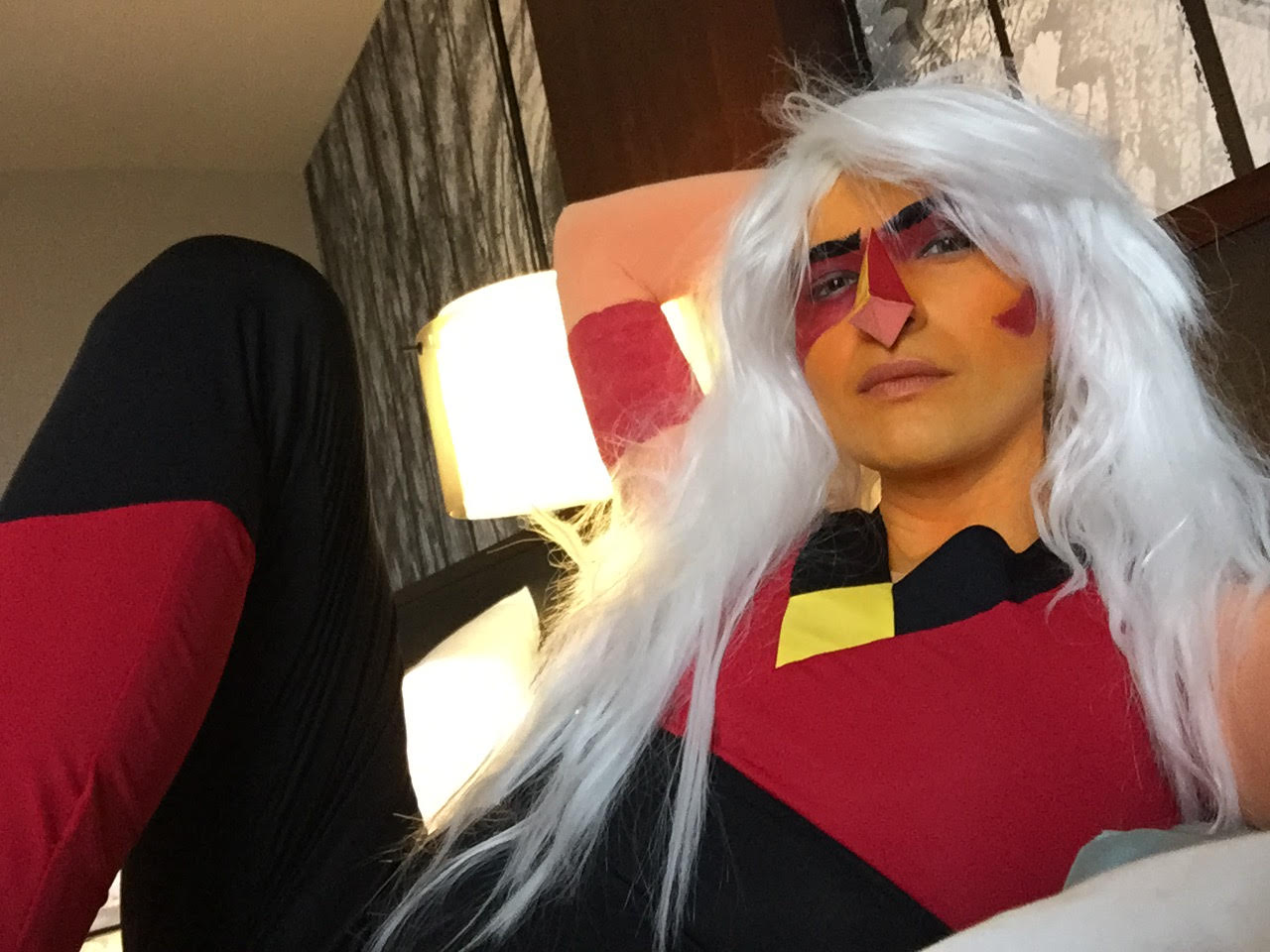
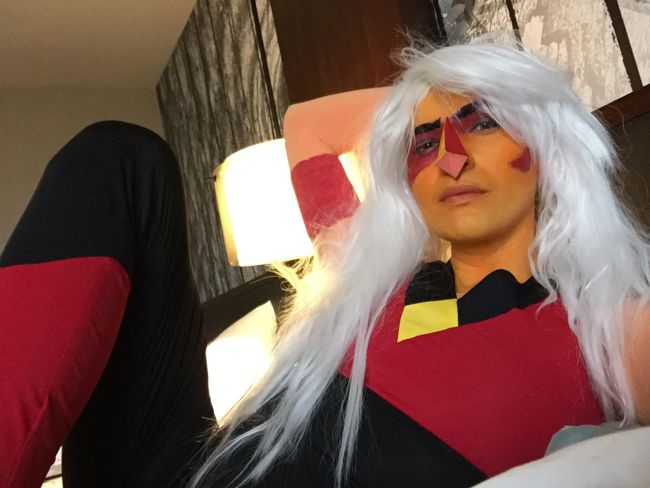
RuPaul’s Drag Race (RPDR) enhanced mainstream interest in drag, and geek culture has become increasingly high-profile. Drag-related shows have won Emmy Awards, and San Diego Comic-Con has grown from 100 attendees to over 130,000. At San Diego Comic-Con 2016, cosplay and drag converged. Chad Michaels, a former RPDR contestant observed a crossover between cosplay and drag, saying, “I think the thing we all have in common is… putting on that costume you worked so hard on and letting that inner courage… come out.” Phi Phi O’Hara recently demonstrated her cosplay proficiency with a series of 90s pop culture costumes and Dax Exclamationpoint is well known on cosplay circuits for her portrayal of Storm from X-Men.
Cosplay, like drag, is not inherently linked to gender identity. Both may involve the performance of a gendered character, but do not denote the drag artist or cosplayer’s gender identity. Both drag and cosplay are, in essence, performance art and cannot be read as telling us anything about the cosplayer or drag artist’s lived gender experience. However, just as some drag queens have subsequently come out as transgender women (e.g. Carmen Carrera) and non-binary (e.g. Jinkx Monsoon) there are cosplayers whose embodiment of their favourite characters has enabled them to explore their own gender identity. For Lee Roberts, who cosplays as Mr. Clever (Doctor Who), their cosplay experiences helped them come out as gender fluid. “When I decided to be Mr. Clever, I hadn’t fully realized I was non-binary. I think I kind of knew, but hadn’t accepted it quite yet. So for me, [gender identity and cosplay] are intertwined. There is no separation.”
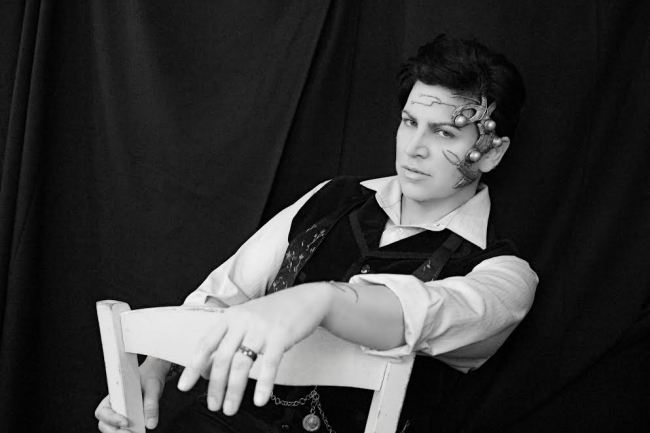
Lee Roberts as Mr. Clever (Doctor Who), Juarez Films and Photography
Mab is another cosplayer who has extensive costuming experience, from dressing up as a child to fandom-driven cosplay in later years. Mab identifies as androgyne and came out officially a year ago, and they note that cosplay contributed to their coming out process. “I struggled for years with my gender identity without even realizing it… cosplay opened up an awareness about myself I had long suppressed… looking back over the old ‘dress-up’ photos, I realized I’ve always been an androgyne.” Although a clear delineation must be drawn between gender identity and gender as performance art, cosplay can, in some cases, provide exactly the right kind of space for people grappling with gender identity to come to a point of self-realisation through the art.
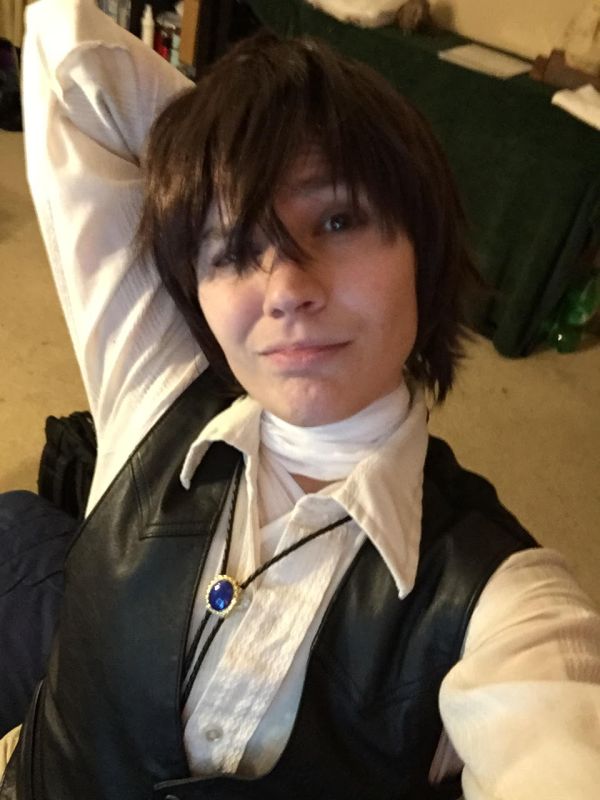
Mab as Dazai Osamu (Bungou Stray Dogs)
Cisgender cosplayers can also find pleasure in traversing normative gender boundaries, just as drag has long held an appeal in queer communities. Nicolle Lamerichs, a scholar with a PhD in fan studies, notes that some enjoy “the challenge of behaving like a member of a different gender,” and this disruption of gender stereotypes can be a liberating queer experience. Lisa began cosplaying after running several Harry Potter events and suggests that cosplay offers “a chance to… step into a magical world where anything is possible. When I’m dressed as a wizard, I feel like I can leave gender behind, and that’s magical, too.” Although Lisa identifies as female, she notes that she has “often felt more comfortable with choosing a more stereotypically masculine appearance,” and cosplay has increased her confidence with altering her day-to-day appearance. She observes that “cosplay has been quite liberating for me; it has given me permission to be more playful and expressive in my everyday appearance, and to let go of the need to conform to gender norms.”

Lisa in The Abominable Bride (Sherlock) inspired drag
Drag disrupts gender normativity, but it also focuses on the creation of characters that have idiosyncrasies and personalities independent from the artists who portray them. Likewise, cosplay, whilst enabling public expression of gender fluidity for some, has an aesthetic appeal closely connected to character creation and fan-driven pursuits. Lamerichs notes that “[t]hrough the acts of constructing and wearing a costume, the fan constructs his or her identity in relation to fiction and enacts it.” Jan has been cosplaying for years, beginning with costuming at a young age, like Mab. She notes that part of the pleasure of cosplay is assuming another identity which intersects with her own. She appears to support Lamerichs’ observations, commenting that “cosplay is like writing fiction or acting… each costume is a separate persona with its own complexities.” In the case of Harry Potter’s Nymphadora Tonks, Jan says, “I’ve connected with Tonks since I first read Order of the Phoenix… I feel like it’s just letting out a submerged part of my personality.”
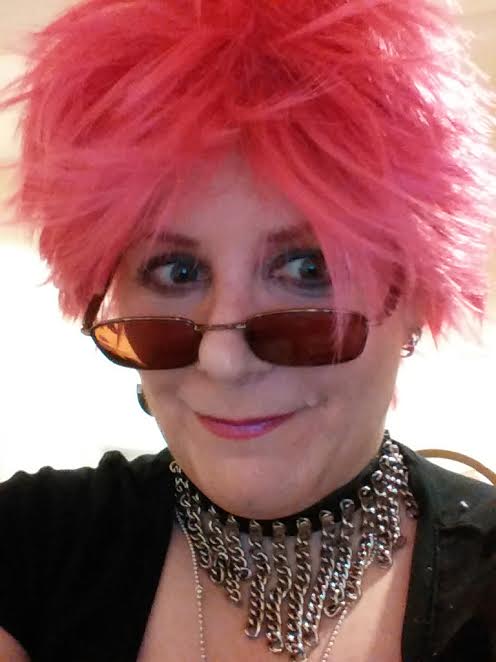
Jan as Nymphadora Tonks (Harry Potter)
The embodiment of characters that resonate with cosplayers is typically their primary consideration, and gender will be secondary—or simply not a factor at all. Lee notes “the appeal of Mr. Clever was the character. I didn’t care if he was presenting as male… I just knew I had to cosplay as him. Embodying the character is what cosplay is all about.” In Lisa’s case, she identified with Newt Scamander from Fantastic Beasts from the outset. She notes that “when the film came out, I found the character was a lot more like me than I had been expecting! He’s quite awkward, geeky and shy, which is rather a subversive thing in itself for a hero in a big film franchise.”
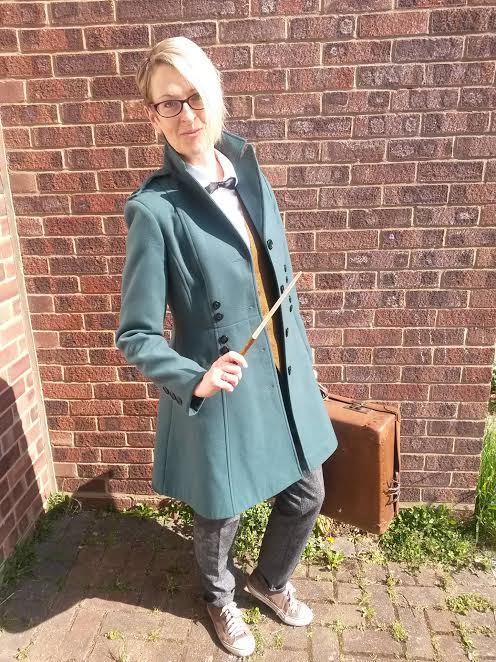
Lisa as Newt Scamander (Fantastic Beasts and Where to Find Them)
Mab also agrees the character comes first and gender is simply not relevant. “I enjoy going all out in embodying a character in cosplay no matter their gender… I identify with these characters first because of their flaws, and second for their strengths.” The one exception Mab notes is Jasper (Steven Universe), who uses female pronouns but transcends gender binaries. Mab notes how cosplaying that particular character helped them through a difficult time of year and part of the appeal was the genderless nature of Jasper, which resonated in terms of their own gender identity.

Mab as Jasper (Steven Universe)
There is a playfulness to both drag and cosplay. Lee notes how they enjoy “the flirtatious, snarky, charming side of Mr. Clever… sometimes we run through the hallways chasing our resident Jack Harkness.” In Mab’s case, cosplay evokes ‘dress-up’ nostalgia which renders cosplay “fun and playful… it doesn’t matter how old I am, I can play teen characters as well as those my own age or even elderly ones.” Jan comments, “I like that cosplay takes me out of myself and lets me interact with people in a different way,” and Lisa mentioned delight at seeing children at events, who feel as though they have been transported into a new and magical world when surrounded by cosplayers.
In instances where the character that the cosplayer embodies is gendered in a stereotypical manner, for the cosplayer themselves, their own gender identity seems unlikely to preclude them from taking on that character. As Mab says, “gender is just a word.” There is an empowering pleasure in cosplay, which has its links with drag. Just as transformative works can offer an alternative queer narrative to heteronormative canons, cosplayers disrupt, interrogate and play with depiction of gender in a way which, for some, may lead to a queer awakening. For others, it is just damn good fun.
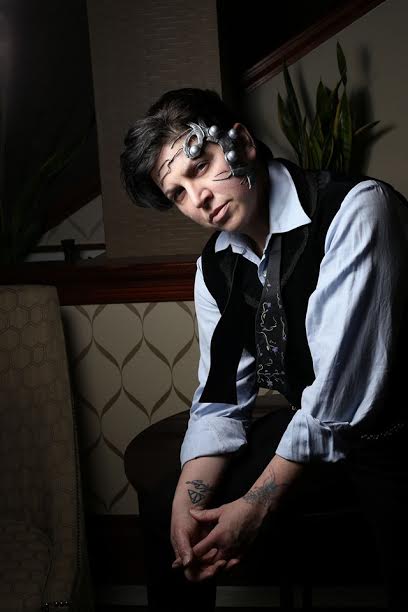
Lee Roberts as Mr Clever (Doctor Who), Astro Zombie Photography
Emily is post-graduate student at the University of York. Her research focuses primarily on post-Stonewall American LGBT fiction, LGBT young adult fiction, trans spoken word poetry, fanfiction and fan communities. She blogs regularly about queering popular culture and bierasure in mainstream narratives. She is an avid writer in several fandoms and a keen convention goer. After leaving employment to return to academia full time, she is also actively involved in local community LGBT and feminist focused charitable initiatives. You can find her on Twitter @dustlesslibrary.
Want more stories like this? Become a subscriber and support the site!
—The Mary Sue has a strict comment policy that forbids, but is not limited to, personal insults toward anyone, hate speech, and trolling.—
Follow The Mary Sue on Twitter, Facebook, Tumblr, Pinterest, & Google+.
Have a tip we should know? [email protected]